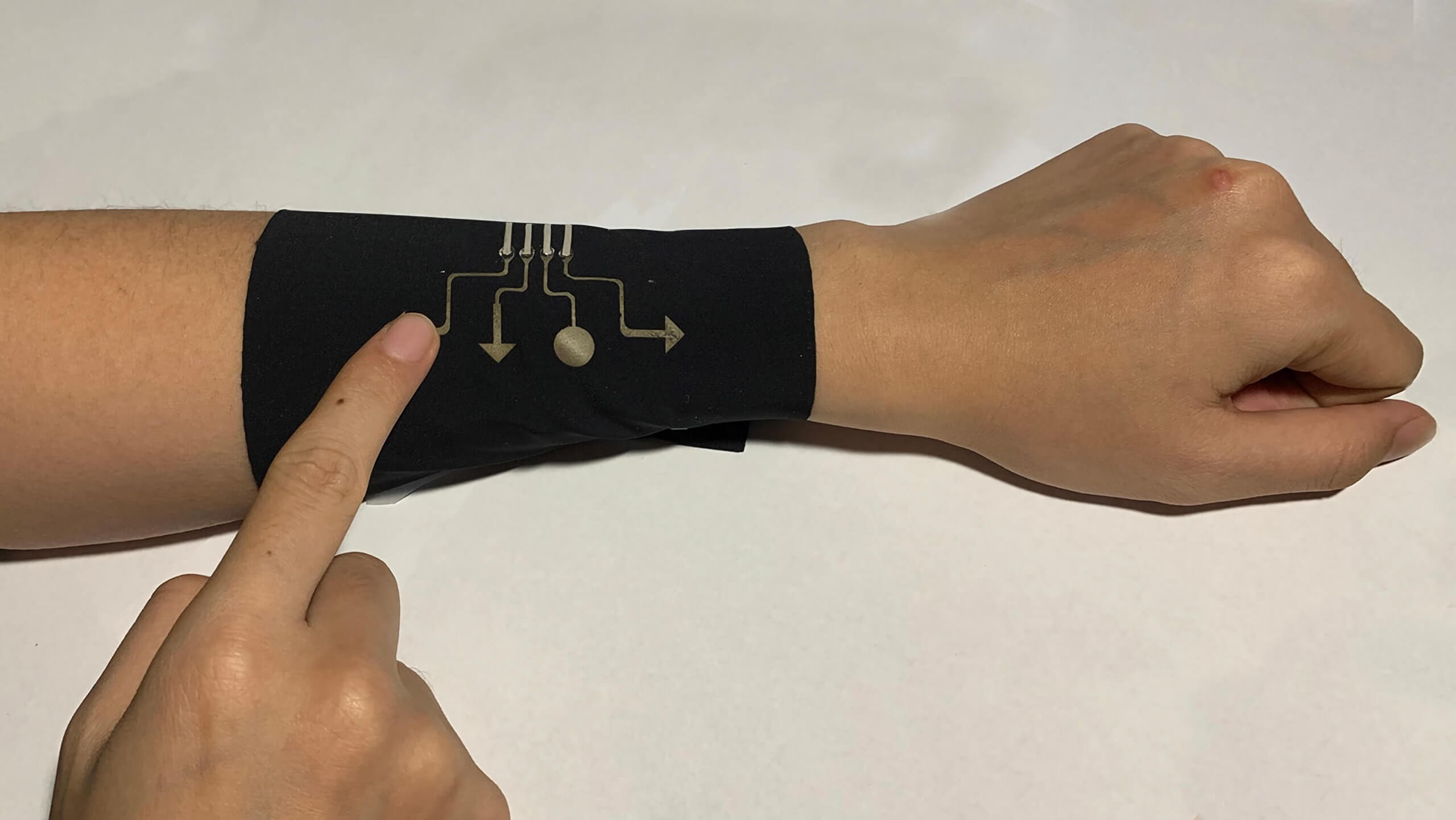In a nutshell: Nanotechnology is allowing electronics to get smaller and more compact. A new breatheable material developed by NC State contains eletrodes that can be used for anything from registering EKGs to controling your video games.
North Carolina State University researchers have developed a thin stretchable material that can be embedded with electronics. The scientists believe that the fabric has practical applications in the biomedical field, but tested it by playing a game of Tetris using a sleeve of the material as a controller, showing that it has practical use cases in the wearable technology market as well.
It is a gas permeable textile, allowing sweat to evaporate, which is an advantage over other similar electronic cloth prototypes. Since it is breathable, it is less inclined to irritate the skin with prolonged use.
The fabric has an elastic polymer film as its base. The material is soaked in a solution containing silver nanowires. It is then heat pressed to seal the wires in place, creating porous electrodes. The process is called the "breath figure method."
"The method we used for creating the material is also important because it's a simple process that would be easy to scale up," said NC State's Professor of Mechanical and Aerospace Engineering Yong Zhu. "If we want to develop wearable sensors or user interfaces that can be worn for a significant period of time, we need gas-permeable electronic materials. So this is a significant step forward."
Biomedical use cases include skin-mountable electrodes for use in electrocardiography and electromyography.
As can be seen in the video above, the technology could also be used for human-machine interfacing. When combined with other nanotechnologies like MIT's 2.5nm 3D transistor from a couple of years ago, practical wrist computers that do far more than your smartwatch are conceivable, albeit quite a few years off.
Those interested in the nitty-gritty details can check out the team's paper, "Gas-Permeable, Ultrathin, Stretchable Epidermal Electronics with Porous Electrodes" published in the journal ACS Nano.
Image credit: North Carolina State University
